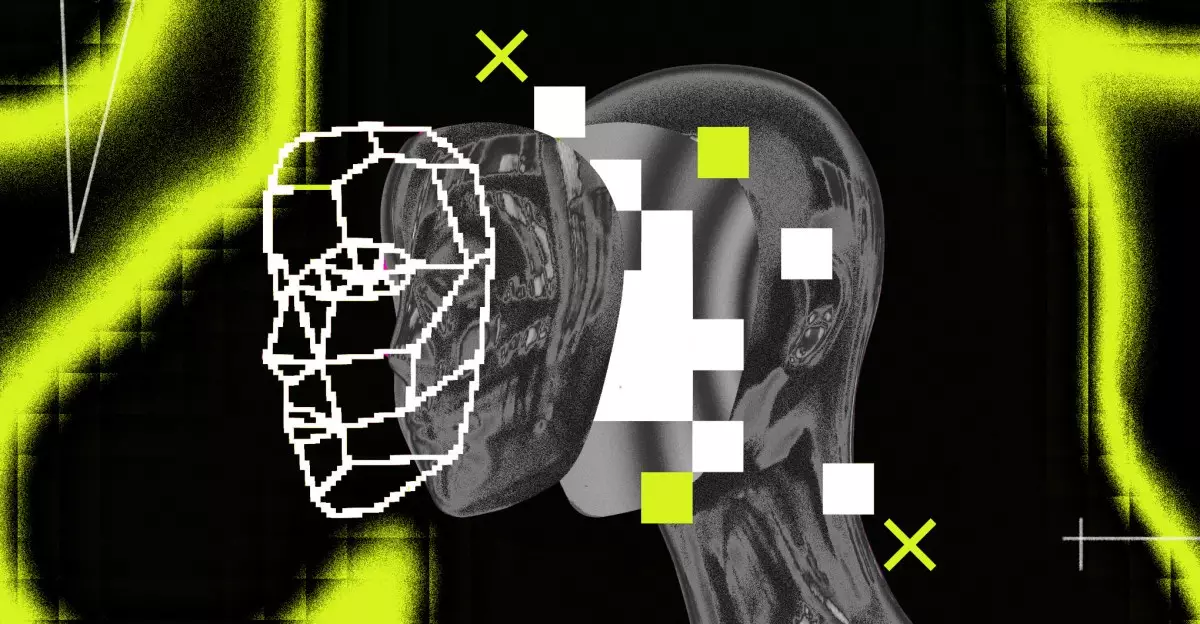The Take It Down Act has emerged as a significant topic of debate since it recently passed through the Senate. Ostensibly aimed at combatting the distribution of non-consensual intimate imagery (NCII)—a phrase that now broadly covers revenge porn, deepfake content, and other invasive digital practices—the legislation seems to be a noble endeavor in an age of technological abuse. However, it also concocts a tempestuous cocktail of power and potential abuse, especially under the helm of a leader like Donald Trump, who has a well-documented history of wielding authority to silence dissent.
Indeed, the implications of this legislative measure should be assessed with a critical eye, as Adi Robertson, a prominent policy editor at The Verge, has pointed out. By analyzing the way this law may serve as an avenue for targeted actions against political adversaries, our focus shifts from the protections being offered to the unsettling freedoms potentially granted to those in power.
Protecting Victims or Empowering Authorities?
At its core, the Take It Down Act is a response to a pressing issue. The rise of digital technologies has bred a parallel rise in harmful practices that can ruin lives—particularly for women and minors targeted by NCII. The act aims to create a framework under which victims can report abuses, with provisions mandating platforms to act within 48 hours or face penalties. On the surface, these elements seem like necessary steps for shielding victims in an increasingly digital world rife with exploitation.
However, the overwhelming power granted to law enforcement and, by extension, the executive branch raises an alarm. If the application of the law is selectively enforced—as history has shown is likely under Trump’s administration—what protections will truly exist for ordinary citizens? Instead of serving as a bulwark against digital malpractice, the law risks becoming a tool for intimidation and suppression, giving authorities the capacity to monitor, penalize, and ultimately control public discourse.
The High Risk of Lawful Weaponization
In her evocative critique of the Take It Down Act, Robertson likens the legislation to a sword that can cut both ways. While its intended use may focus on protecting individuals from heinous violations of privacy, it also equips those in power—particularly Trump—with unprecedented leverage to corral free speech. The risk lies in the law being manipulated to silence critics or stifle information that calls into question the integrity of the administration.
Underneath the guise of protecting victims, there’s a disconcerting slippery slope toward censorship. Imagine a scenario in which dissenting voices, be they from activists, journalists, or simply citizens exercising their freedom of speech, are targeted under the auspices of the Take It Down Act. A regime that exploits such laws creates an environment of fear, where individuals may think twice before sharing their opinions or criticism lest they find themselves on the receiving end of an unjust investigation or penalty.
Power Dynamics in Focus: Friends and Foes
One of the most troubling dimensions of the Take It Down Act is its potential to reinforce existing power structures. Whom will this law truly protect, and at whose expense? We know that Trump’s administration has often exhibited favoritism towards those within his circle, including high-profile personalities such as Elon Musk. If past actions offer any indication, we could foresee a scenario where Trump uses this legislation to shield those from his inner circle while casting a wide net over ordinary citizens and perceived adversaries.
This kind of selective enforcement is emblematic of a deeply flawed justice system where laws intended for universal application instead serve as weapons for elite interests. The distinctions between friends and foes become painfully clear as the landscapes of digital platforms are regulated under prevailing political whims rather than consistent principles of justice.
A False Sense of Security
Advocates for the Take It Down Act might argue that this legislation is a necessary step forward in the fight against deeply ingrained issues of digital harassment. However, when laws are established without accountability and transparency, they pose a danger to civil liberties. A mere promise of public protection cannot replace a robust system that actively combats inequities in its enforcement.
As we navigate this labyrinth of modern legislation, we must remain vigilant. Rather than celebrating the passage of laws that appear to address pressing social issues, we need to scrutinize how those laws may be exploited. The Take It Down Act serves as a critical reminder that progress does not equate to safety, and it demands that we question not only the intent behind the law but also the realities of its application in an increasingly polarized and unpredictable political landscape.

